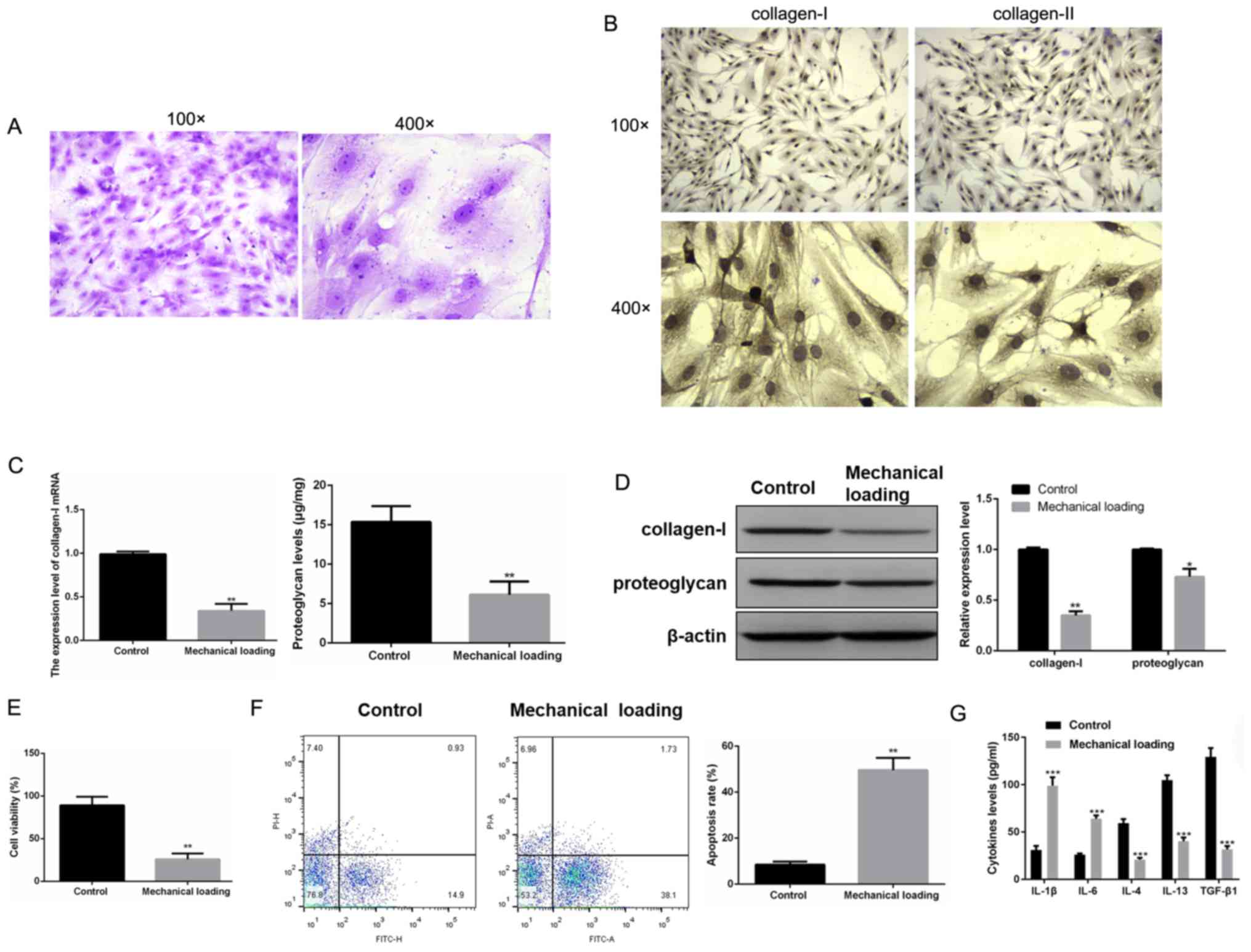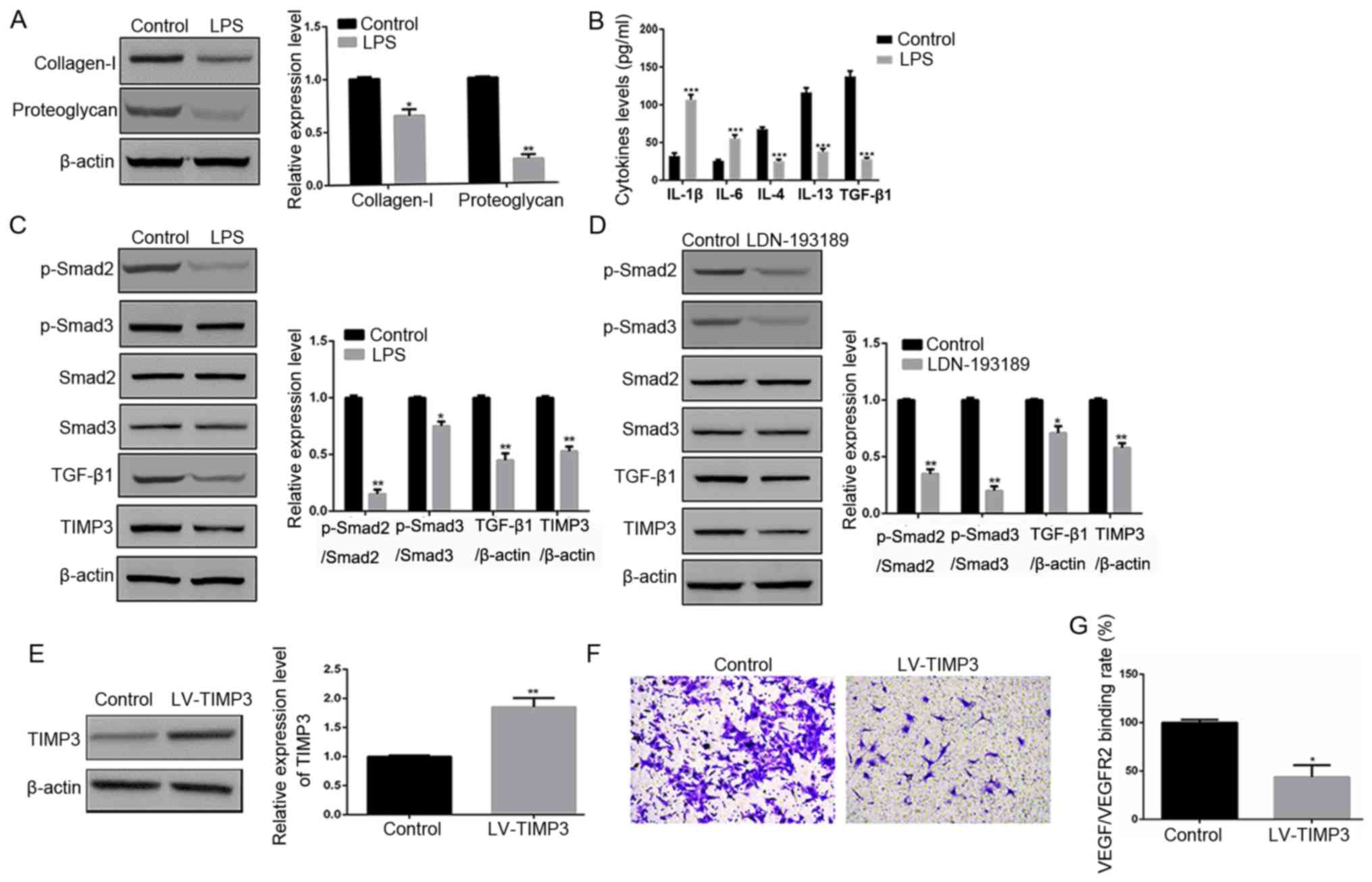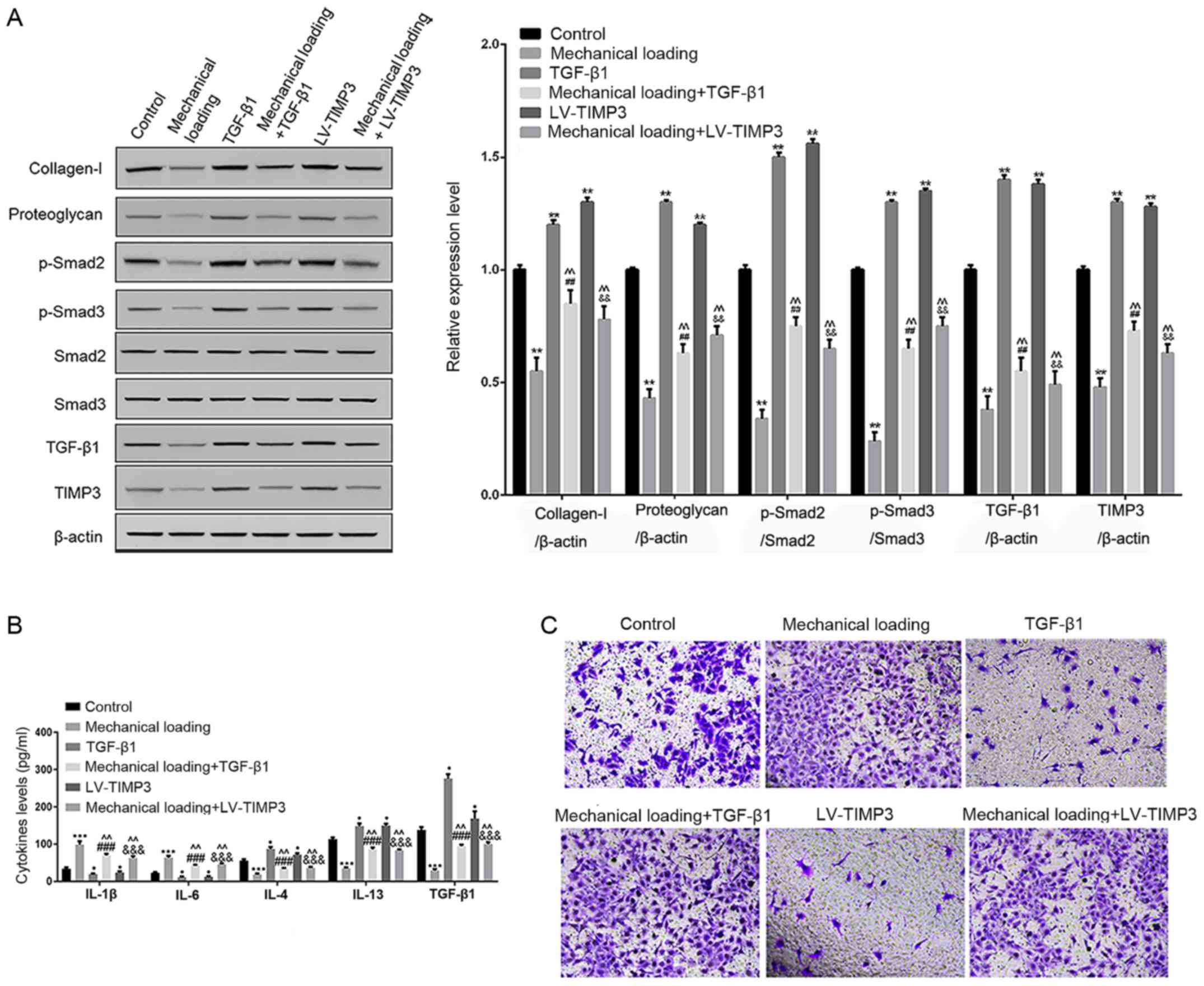|
1
|
Mirandaduarte A: DNA methylation in
osteoarthritis: Current status and therapeutic implications. Open
Rheumatol J. 12:2637–49. 2018.
|
|
2
|
Vina ER and Kwoh CK: Epidemiology of
osteoarthritis: Literature update. Curr Opin Rheumatol. 30:160–167.
2018. View Article : Google Scholar : PubMed/NCBI
|
|
3
|
Cross M, Smith E, Hoy D, Nolte S, Ackerman
I, Fransen M, Bridgett L, Williams S, Guillemin F, Hill CL, et al:
The global burden of hip and knee osteoarthritis: Estimates from
the global burden of disease 2010 study. Ann Rheum Dis.
73:1323–1320. 2014. View Article : Google Scholar : PubMed/NCBI
|
|
4
|
Hunter DJ, Schofield D and Callander E:
The individual and socioeconomic impact of osteoarthritis. Nat Rev
Rheumatol. 10:437–441. 2014. View Article : Google Scholar : PubMed/NCBI
|
|
5
|
Varela-Eirin M, Loureiro J, Fonseca E,
Corrochano S, Caeiro JR, Collado M and Mayan MD: Cartilage
regeneration and ageing: Targeting cellular plasticity in
osteoarthritis. Ageing Res Rev. 42:56–71. 2017. View Article : Google Scholar : PubMed/NCBI
|
|
6
|
Man GS and Mologhianu G: Osteoarthritis
pathogenesis-a complex process that involves the entire joint. J
Med Life. 7:37–41. 2014.PubMed/NCBI
|
|
7
|
Kühn K, DLima DD, Hashimoto S and Lotz M:
Cell death in cartilage. Osteoarthritis Cartilage. 12:1–16. 2004.
View Article : Google Scholar : PubMed/NCBI
|
|
8
|
Zhai G, Doré J and Rahman P: TGF-β signal
transduction pathways and osteoarthritis. Rheumatol Int.
35:1283–1292. 2015. View Article : Google Scholar : PubMed/NCBI
|
|
9
|
Chen JL, Chang Z, Chen Y, Zhu W, Wei L,
Huang J, Liu Q, Wang D, Li D, Xiong J, et al: TGFβ1 induces
hypertrophic change and expression of angiogenic factors in human
chondrocytes. Oncotarget. 8:91316–91327. 2017. View Article : Google Scholar : PubMed/NCBI
|
|
10
|
Qureshi HY, Ricci G and Zafarullah M: Smad
signaling pathway is a pivotal component of tissue inhibitor of
metalloproteinases-3 regulation by transforming growth factor beta
in human chondrocytes. Biochim Biophys Acta. 1783:1605–1612. 2008.
View Article : Google Scholar : PubMed/NCBI
|
|
11
|
Leivonen SK, Lazaridis K, Decock J,
Chantry A, Edwards DR and Kähäri VM: TGF-β-elicited induction of
tissue inhibitor of metalloproteinases (TIMP)-3 expression in
fibroblasts involves complex interplay between Smad3, p38α, and
ERK1/2. PLoS One. 8:e574742013. View Article : Google Scholar : PubMed/NCBI
|
|
12
|
Kurz B, Lemke AK, Fay J, Pufe T,
Grodzinsky AJ and Schünke M: Pathomechanisms of cartilage
destruction by mechanical injury. Ann Anat. 187:473–485. 2005.
View Article : Google Scholar : PubMed/NCBI
|
|
13
|
Zhang RK, Li GW, Zeng C, Lin CX, Huang LS,
Huang GX, Zhao C, Feng SY and Fang H: Mechanical stress contributes
to osteoarthritis development through the activation of
transforming growth factor beta 1 (TGF-β1). Bone Joint Res.
7:587–594. 2018. View Article : Google Scholar : PubMed/NCBI
|
|
14
|
Dvirginzberg M, Gagarina V, Lee EJ and
Hall DJ: Regulation of cartilage-specific gene expression in human
chondrocytes by SirT1 and nicotinamide phosphoribosyltransferase. J
Biol Chem. 283:36300–36310. 2008. View Article : Google Scholar : PubMed/NCBI
|
|
15
|
Jun W, Yumin Z, Wei S, Tao M and Kunzheng
W: microRNA-590-5p targets transforming growth factor β1 to promote
chondrocyte apoptosis and autophagy in response to mechanical
pressure injury. J Cell Biochem. 116:9931–9940. 2018.
|
|
16
|
Livak KJ and Schmittgen TD: Analysis of
relative gene expression data using real-time quantitative PCR and
the 2(-Delta Delta C(T)) method. Methods. 25:402–408. 2001.
View Article : Google Scholar : PubMed/NCBI
|
|
17
|
Brandt KD, Dieppe P and Radin EL:
Etiopathogenesis of osteoarthritis. Med Clin North Am. 93:1–24.
2009. View Article : Google Scholar : PubMed/NCBI
|
|
18
|
Blaney Davidson EN, van der Kraan P and
van den Berg W: TGF-beta and osteoarthritis. Osteoarthritis
Cartilage. 15:597–604. 2007. View Article : Google Scholar : PubMed/NCBI
|
|
19
|
Zhen G, Wen C, Jia X, Li Y, Crane JL,
Mears SC, Askin FB, Frassica FJ, Chang W, Yao J, et al: Inhibition
of TGF-β signaling in mesenchymal stem cells of subchondral bone
attenuates osteoarthritis. Nat Med. 19:704–712. 2013. View Article : Google Scholar : PubMed/NCBI
|
|
20
|
Verdier MP, Seité S, Guntzer K, Pujol JP
and Boumediene K: Immunohistochemical analysis of transforming
growth factor beta isoforms and their receptors in human cartilage
from normal and osteoarthritic femoral heads. Rheumatol Int.
25:118–124. 2005. View Article : Google Scholar : PubMed/NCBI
|
|
21
|
Yoshihara Y, Nakamura H, Obata K, Yamada
H, Hayakawa T, Fujikawa K and Okada Y: Matrix metalloproteinases
and tissue inhibitors of metalloproteinases in synovial fluids from
patients with rheumatoid arthritis or osteoarthritis. Ann Rheum
Dis. 59:455–461. 2000. View Article : Google Scholar : PubMed/NCBI
|
|
22
|
Zhu Y, Gu J, Zhu T, Jin C, Hu X and Wang
X: Crosstalk between Smad2/3 and specific isoforms of ERK in
TGF-β1-induced TIMP-3 expression in rat chondrocytes. J Cell Mol
Med. 21:1781–1790. 2017. View Article : Google Scholar : PubMed/NCBI
|
|
23
|
Harry LE and Paleolog EM: From the cradle
to the clinic: VEGF in developmental, physiological, and
pathological angiogenesis. Birth Defects Res C Embryo Today.
69:363–374. 2003. View Article : Google Scholar : PubMed/NCBI
|
|
24
|
Guilak F: Biomechanical factors in
osteoarthritis. Best Pract Res Clin Rheumatol. 25:815–823. 2011.
View Article : Google Scholar : PubMed/NCBI
|
|
25
|
Andriacchi TP, Mündermann A, Smith RL,
Alexander EJ, Dyrby CO and Koo S: A framework for the in vivo
pathomechanics of osteoarthritis at the knee. Ann Biomed Eng.
32:447–457. 2004. View Article : Google Scholar : PubMed/NCBI
|
|
26
|
Felson DT, Joyce G, Jingbo N, Yuqing Z and
Hunter DJ: The effect of body weight on progression of knee
osteoarthritis is dependent on alignment. Arthritis Rheum.
50:3904–3909. 2014. View Article : Google Scholar
|
|
27
|
Liu Q, Hu X, Zhang X, Duan X, Yang P, Zhao
F and Ao Y: Effects of mechanical stress on chondrocyte phenotype
and chondrocyte extracellular matrix expression. Sci Rep.
6:372682016. View Article : Google Scholar : PubMed/NCBI
|
|
28
|
Héraud F, Héraud A and Harmand MF:
Apoptosis in normal and osteoarthritic human articular cartilage.
Ann Rheum Dis. 59:959–965. 2000. View Article : Google Scholar : PubMed/NCBI
|
|
29
|
Colwell CW Jr, DLima DD, Hoenecke HR,
Fronek J, Pulido P, Morris BA, Chung C, Resnick D and Lotz M: In
vivo changes after mechanical injury. Clin Orthop Relat Res. 391
(Suppl):S116–S123. 2001. View Article : Google Scholar
|
|
30
|
DLima DD, Hashimoto S, Chen PC, Colwell CW
Jr and Lotz MK: Human chondrocyte apoptosis in response to
mechanical injury. Osteoarthritis Cartilage. 9:712–719. 2001.
View Article : Google Scholar : PubMed/NCBI
|

















